Learn : Food & Nutrition
Dog Food Purchasing, Storing, Serving, Safety & Palatability
Purchasing, Storing, Serving, and Safety
The convenience of a food is primarily determined by the effort, space, and equipment required to purchase, store, and serve it. In the case of homemade fresh food, also consider the time required to purchase ingredients, prep and cook the food, store for later use, and cleanup time.
Fresh
Commercially-made fresh diets are sold both through local pet stores (in tubes or pouches that are refrigerated) and online (typically shipped in cooler packs monthly). Some online retailers will calculate the exact amount of food your dog requires in a meal (based on his size, activity level, and other needs) and send food packed in individual meal pouches right to your door, making it easy for you to avoid overfeeding or underfeeding. Food sold by local retailers is usually packed in larger tubes or pouches and will need to be portioned at home.
Rather than shelf space, fresh foods require refrigeration to avoid spoilage, so you should make sure you have enough space in your refrigerator on an ongoing basis. While packaging varies, most foods have relatively little packaging compared to bulkier cans of wet food. Meal pouches can be easily disposed of or recycled where available.
Dry
There is a wide variety of dry dog foods available at nearly any grocery store or specialty pet retailer, which means replacement food can often be purchased right when it is needed. Large bags of food can weigh as much as 30 to 50 lbs, and often feel bulky to carry to and from your vehicle. Smaller bags are more convenient but cost significantly more per pound of food. Many retailers offer home delivery of dry food, either on a one-time-purchase basis or monthly.
As for storage, dry food can safely last several months in some cases, as long as it is stored properly in a sealed container that keeps out light, moisture, and airflow. Note the date of manufacture, and if present, any “best by” date. If your food is delivered to your home on a routine basis (usually monthly), be sure not to let extra bags pile up and sit in storage for too long. While extended storage is a benefit of dry food, it will go rancid if kept too long.
Because dry foods are usually packaged in bulk and relatively calorie-dense (by weight), proper portioning is extremely important. While some dogs are able to free feed without overeating, many dogs need scheduled meal times and carefully portioned food. Most commercial food will have feeding guidelines noted on the packaging, but your veterinarian can give you a more accurate serving recommendation based on your specific dog’s health and lifestyle, and your food’s caloric and nutrient content.
If your dog is able to free feed appropriately, we recommend refreshing the food even if there is some left over from the day before. While the low moisture content of dry food will keep it from becoming rancid over the course of a day, the food can go stale and may attract ants and other pests. Note that wet, fresh, and raw foods cannot be left out for nearly as long, and are typically not appropriate for free feeding.
Wet
Wet foods are also convenient in that they are highly shelf-stable as long as they remain sealed, though the higher moisture content means that the food for a given period of time will require more shelf space compared to dry. Our typical 30 lb dog may require several cans of food per day, meaning a 12-pack of cans would last approximately four days. If you are short on cabinet space, relatively frequent trips to the store or delivery from online retailers can cut down on the storage needs.
Canned foods typically are served at multiple mealtimes throughout the day. This avoids spoilage due to the food sitting out too long, and prevents the dog from eating too much at one time. If the proper portion size for your dog involves portions of a can (2.3 cans per meal for example), the remaining food can be sealed with plastic wrap or foil and refrigerated until the next
Raw
Raw foods are often packed similar to fresh foods (either in portioned meal packs, or larger sizes to be portioned at home), but differ in that they typically require consistent space in your freezer rather than the refrigerator.
The primary risk from raw foods is that by their nature, these foods have not been cooked to kill harmful bacteria. Freezing and freeze-drying do not kill most harmful bacteria, and handling raw foods increases the opportunity for these bacteria to contaminate your household during and after feeding. Even with careful preparation and serving designed to prevent contaminating your home, some harmful bacteria can remain in your pet’s feces, and even a playful kiss from your dog can spread bacteria. This is especially dangerous for young children, the elderly, or anyone with a compromised immune system.
Palatability and Your Dog’s Preferences
With any dog food, one of the most important factors is whether or not your dog enjoys it. While dogs are usually not as picky about their food as humans might think, differences in food format can certainly affect the desirability of a food.
Fresh
Dogs enjoy fresh, high-quality meals made from whole meats and vegetables. Unlike dry or most wet foods, fresh foods offer a variety of textures and flavors within the food itself, rather than being processed into uniformity. Fresh foods can be warmed if your dog prefers it, though it is not a necessary step.
Dry
Dry foods, like all dog foods, are designed to be palatable to most dogs in good health. Dogs with compromised dental health experience pain or be unable to chew hard foods. And some dogs may require or simply benefit from the additional moisture that is part of other food types. In some cases, adding a little water to dry food may make it more palatable.
Wet
Wet foods are also highly palatable to most dogs, whether served alone or in combination with dry foods. If your dog tends to eat wet food too quickly, choking is a real risk. Special food bowls designed to slow the rate of ingestion can help make sure he does not overdo it.
Raw
Most raw foods are fairly palatable to healthy dogs, though large cuts of whole meats could present a choking hazard for small or medium sized dogs. Just be sure that all ingredients are right-sized for your dog before serving to avoid problems.


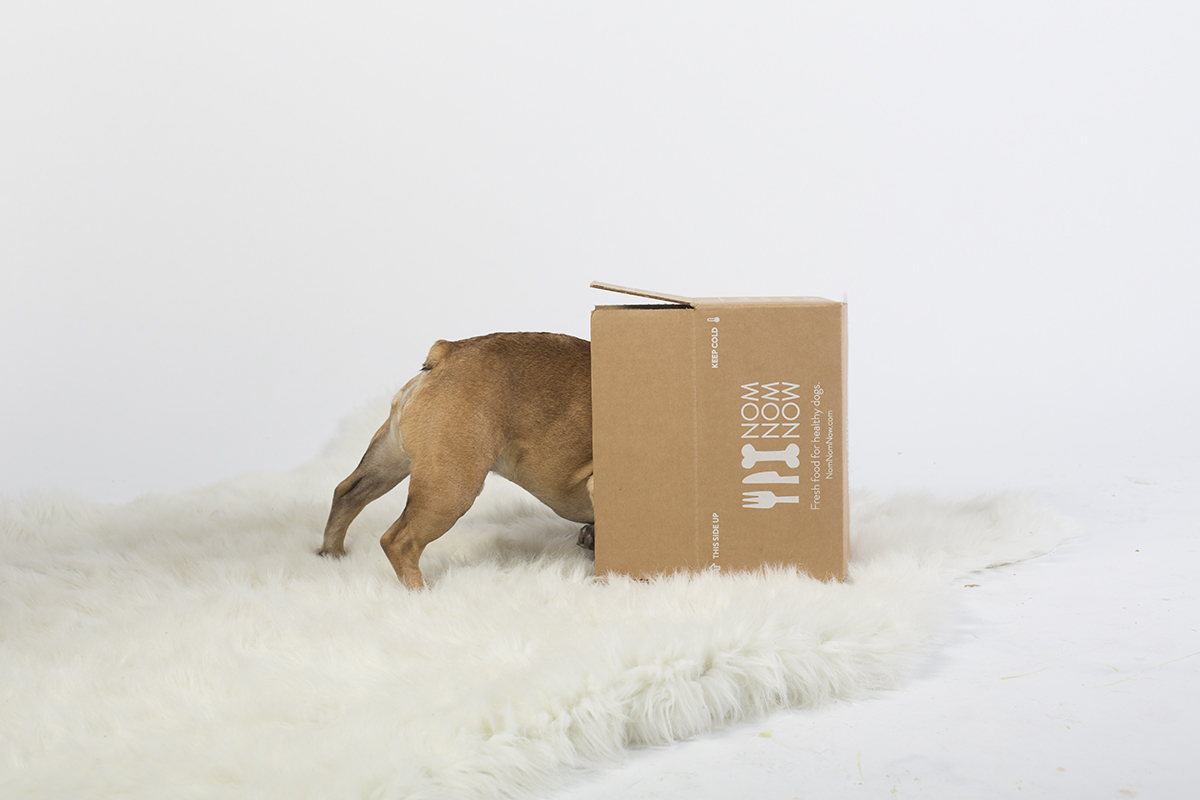
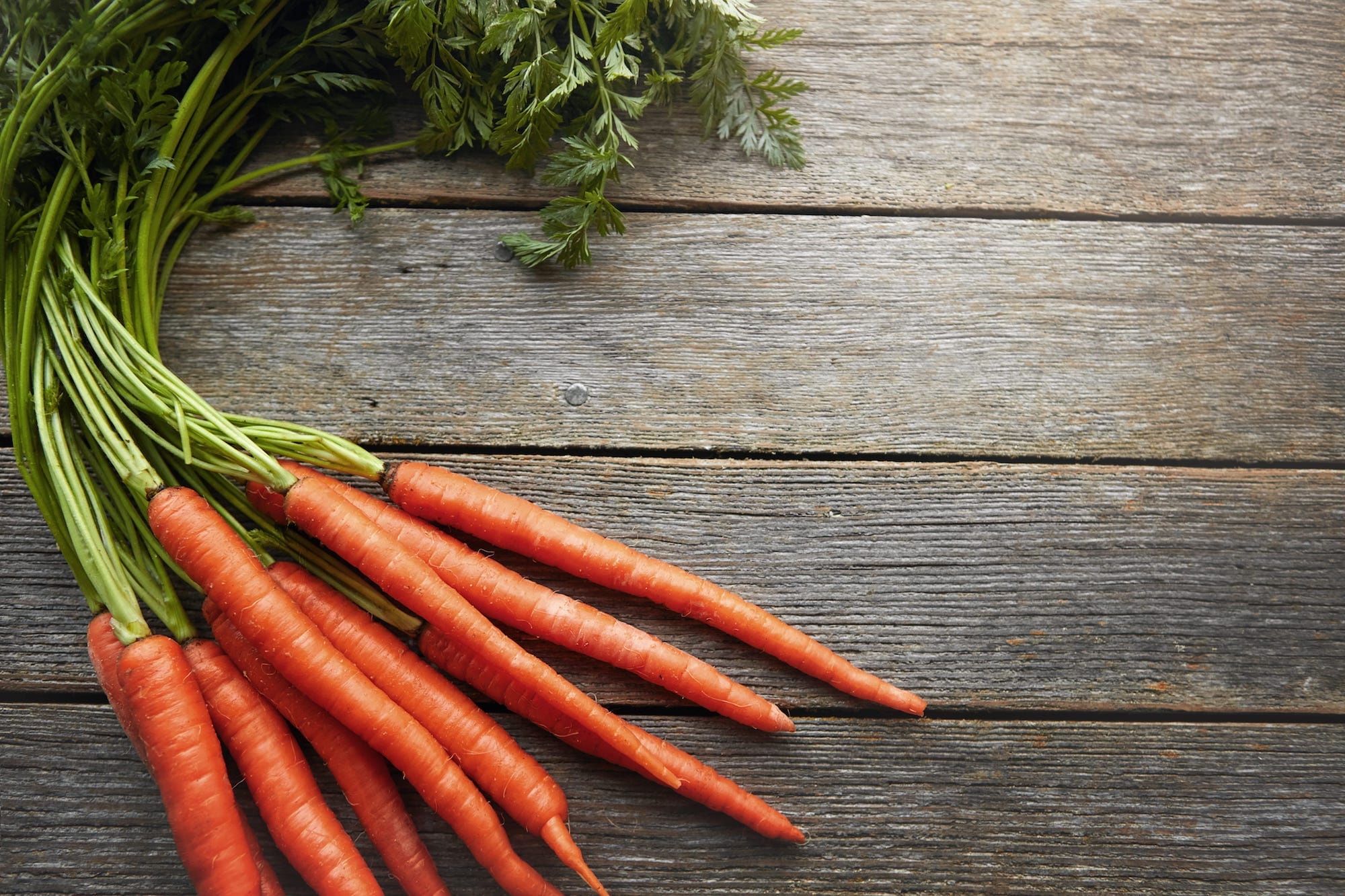 What Is NomNomNutrient Mix?
What Is NomNomNutrient Mix?
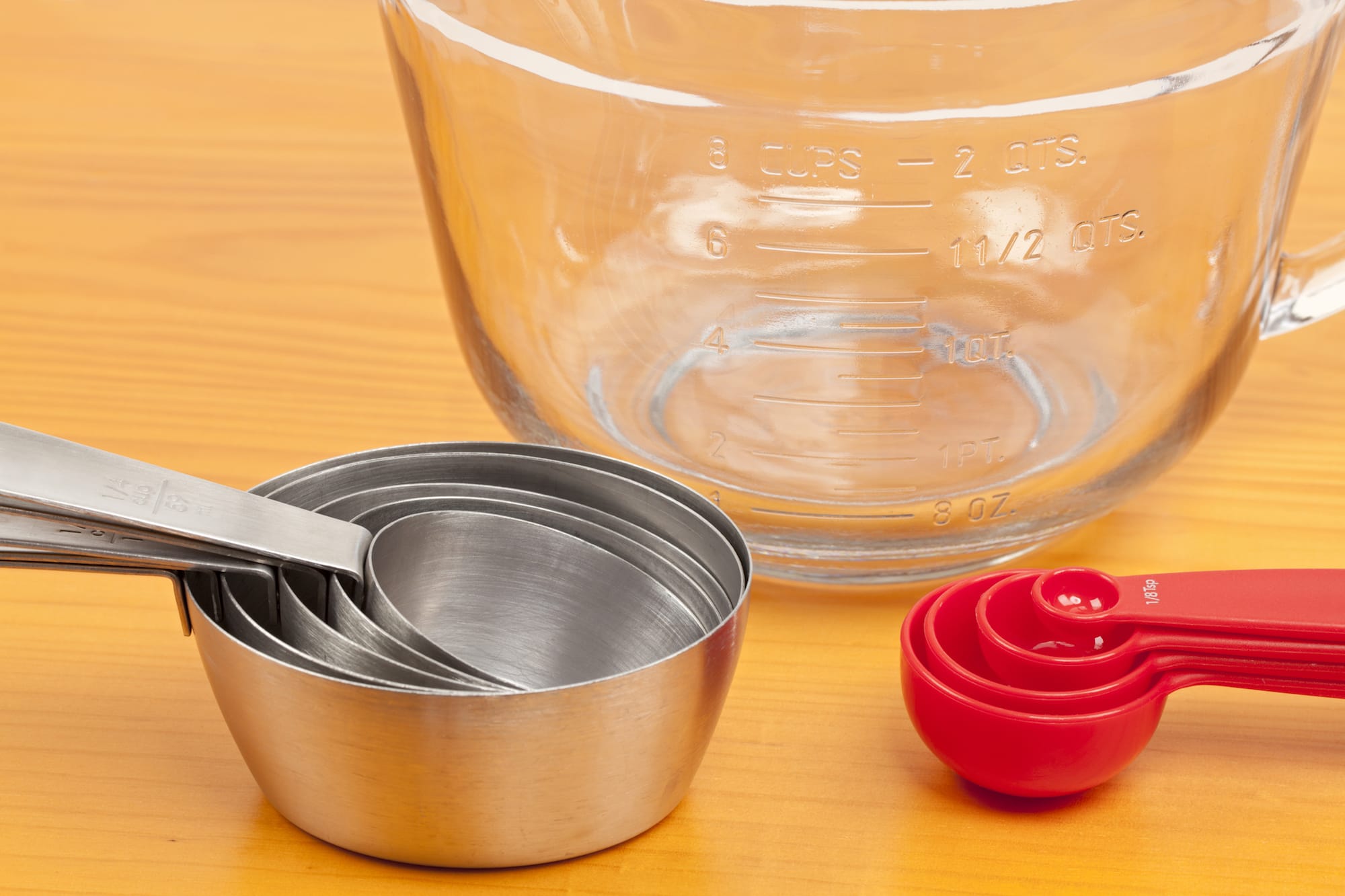 Determining Dog Food Portion Size
Determining Dog Food Portion Size
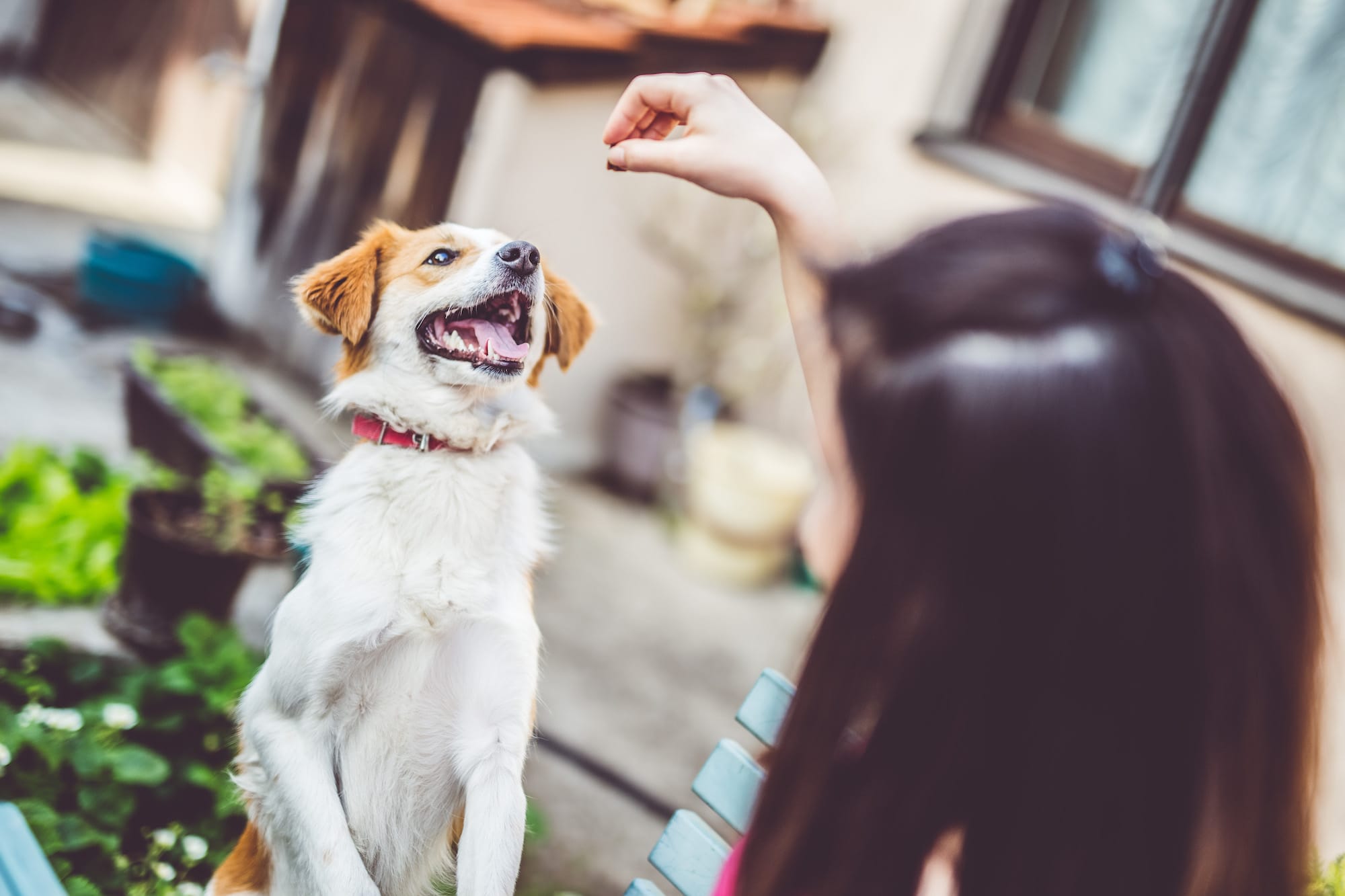 The Truth About Treats - Tasty, but Not Equal
The Truth About Treats - Tasty, but Not Equal
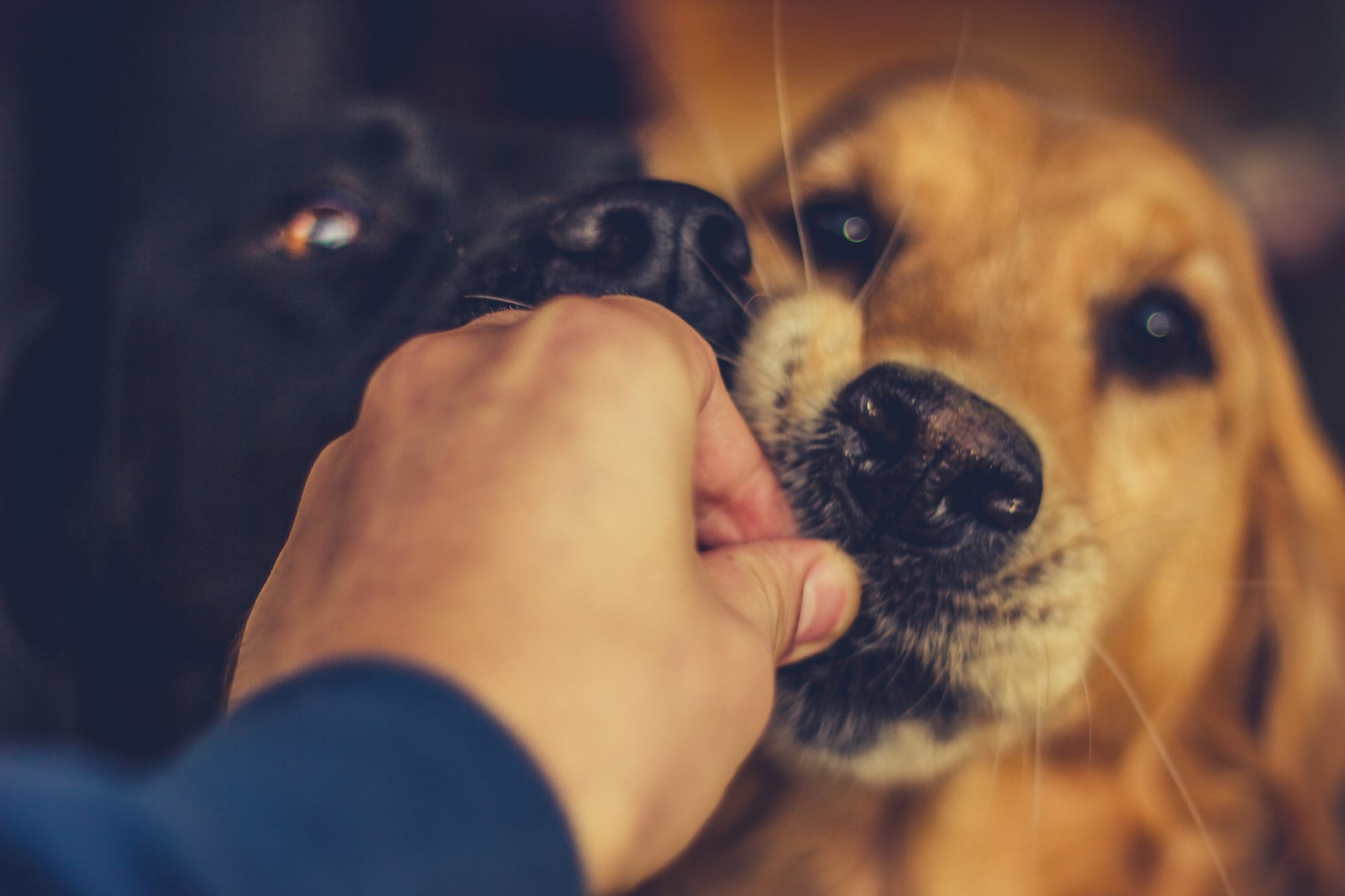 Ways to Help My Resource Guarding Dog at Mealtime
Ways to Help My Resource Guarding Dog at Mealtime
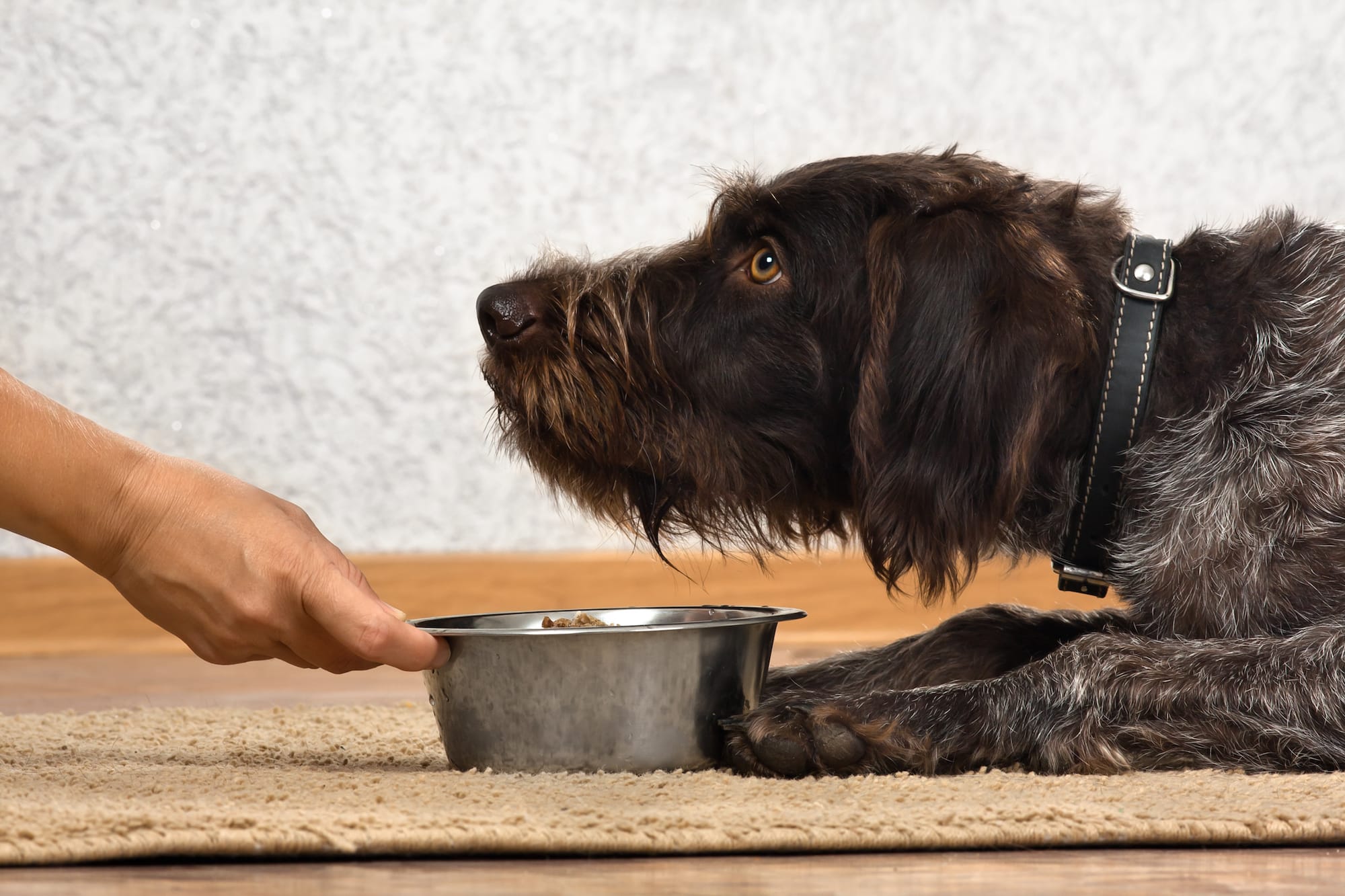 Dog Food Types & Cost Comparison
Dog Food Types & Cost Comparison